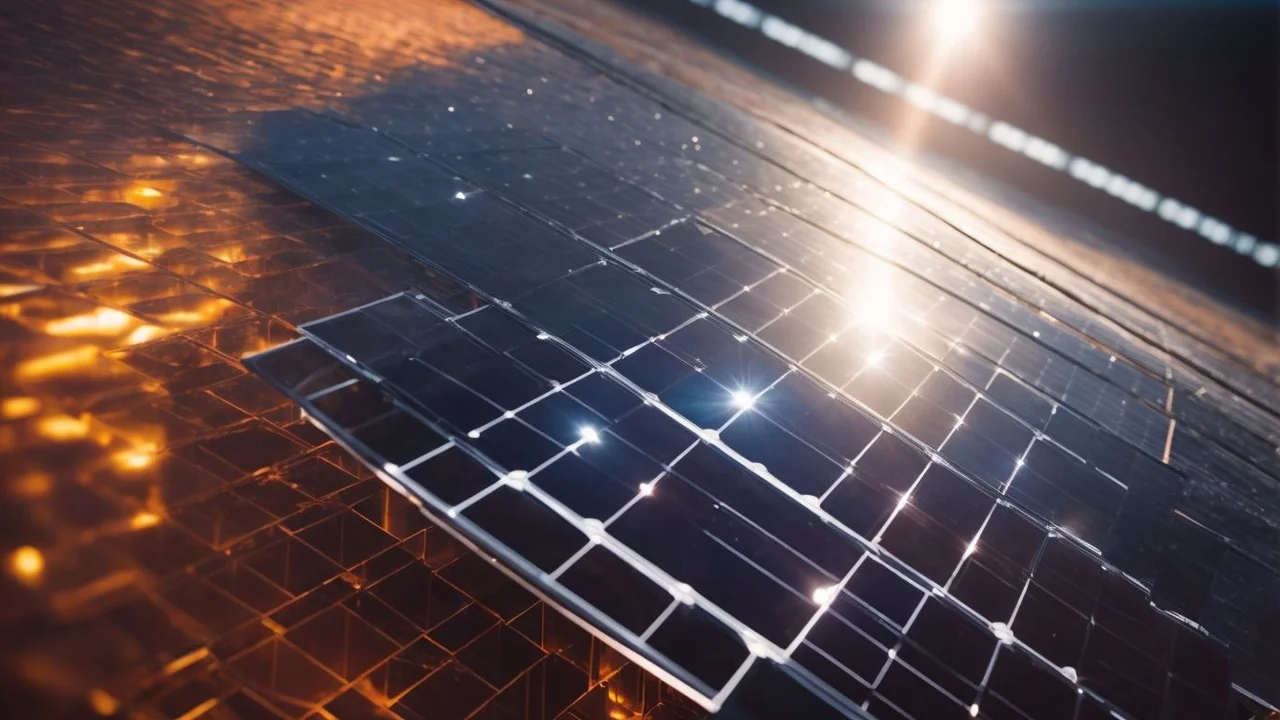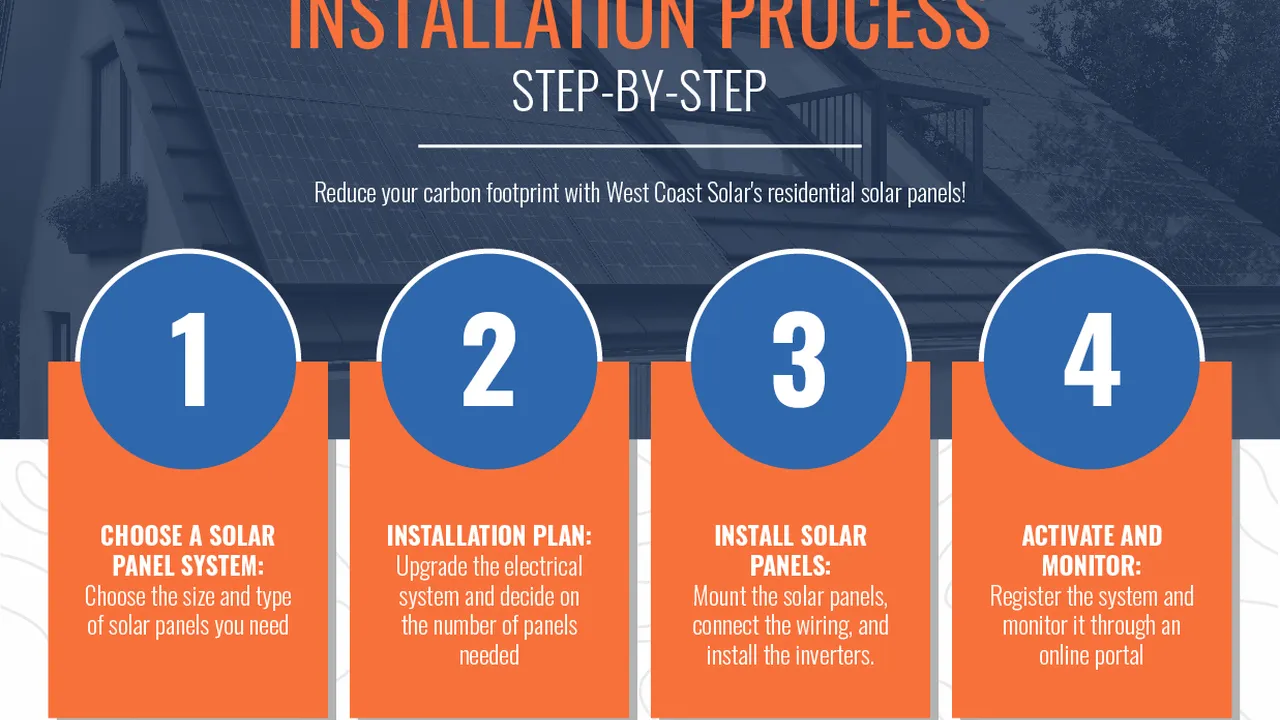Perovskite Solar Cells: A Game Changer?

What are Perovskite Solar Cells Technology
Okay, let's dive into perovskite solar cells. What exactly are they? Well, imagine a new kid on the block in the solar energy world – a material that's super efficient at converting sunlight into electricity. That's perovskite! Unlike traditional silicon-based solar cells, perovskites are made from a different kind of crystal structure. Think of it as a special recipe that allows them to absorb sunlight and release electrons much more effectively. This means more power from the same amount of sunlight! The chemical formula of a typical perovskite material is ABX3, where A and B are cations (positively charged ions) and X is an anion (negatively charged ion). The 'perovskite' name comes from the mineral perovskite (CaTiO3), which has a similar crystal structure. The most common elements used in perovskite solar cells include organic compounds, lead, and halides like iodine or bromine.
Why All the Hype About Perovskite Solar Cells Innovation
So, why is everyone so excited? Well, perovskite solar cells have some serious advantages. First off, they're potentially much cheaper to produce than silicon cells. The materials are more abundant and the manufacturing process is simpler. That means lower costs for consumers! Second, they can be more efficient. In the lab, perovskite cells have already achieved efficiencies comparable to silicon cells, and researchers are constantly pushing the limits. Finally, they're versatile. Perovskites can be used in flexible solar cells, which opens up a whole new world of applications – think solar-powered clothing, curved surfaces, and more!
Perovskite Solar Cells Efficiency and Performance
Let's talk numbers! Silicon solar cells have been around for decades, and their efficiency is pretty impressive, typically around 20-22% in commercial panels. Perovskite solar cells are catching up fast. Lab-scale perovskite cells have already demonstrated efficiencies exceeding 25%, and some research even suggests they could potentially reach over 30%. That's a big deal! However, there's a catch. Perovskite solar cells are still relatively new, and their long-term stability is a major challenge. They can degrade over time due to exposure to moisture and oxygen. Researchers are working hard to overcome this by developing new materials and encapsulation techniques to protect the perovskites from the environment.
Perovskite Solar Cells Stability Challenges
Okay, let's be real. The biggest issue with perovskite solar cells right now is their stability. They're like delicate flowers – sensitive to moisture, heat, and UV light. Over time, these factors can cause the perovskite material to break down, reducing the cell's efficiency and lifespan. Imagine buying a solar panel that loses half its power in just a few years – not ideal, right? That's why researchers are focused on improving the stability of perovskite cells. They're experimenting with different materials, additives, and protective coatings to make them more robust and durable. The goal is to create perovskite solar cells that can last for 20-30 years, just like traditional silicon panels.
Perovskite Solar Cells Cost Analysis and Manufacturing
One of the biggest advantages of perovskite solar cells is their potential for low-cost manufacturing. Unlike silicon cells, which require high-temperature processing and expensive equipment, perovskites can be produced using simpler, more affordable techniques. Think of printing them like ink onto a surface! This could significantly reduce the cost of solar energy, making it more accessible to everyone. However, the manufacturing process is still under development, and there are challenges to overcome. Scaling up production to meet demand while maintaining high quality and stability is a key hurdle. Researchers are exploring different manufacturing methods, such as roll-to-roll printing and spray coating, to make perovskite solar cell production faster and cheaper.
Perovskite Solar Cells Applications Beyond Rooftop Solar
Rooftop solar is just the beginning! Perovskite solar cells have the potential to revolutionize the way we generate and use energy in many different applications. Because they can be made flexible and lightweight, they can be integrated into all sorts of surfaces – think solar-powered windows, clothing, and even cars! Imagine a world where your backpack charges your phone while you walk, or your car generates its own electricity while you drive. Perovskite solar cells could also be used in portable chargers, sensors, and other small electronic devices. They're also being explored for use in space, where their high efficiency and low weight could make them ideal for powering satellites and spacecraft.
Specific Perovskite Solar Cell Products and Use Cases
While commercially available perovskite solar panels are still relatively limited, several companies are developing and testing prototypes for various applications. Here are a few examples:
- Oxford PV: This company is a leader in perovskite solar cell technology and is focusing on developing high-efficiency perovskite-on-silicon tandem solar cells. They aim to integrate perovskite layers onto existing silicon solar panels to boost their efficiency. Use case: High-efficiency rooftop solar panels for residential and commercial buildings. Estimated future price (when commercially available): Premium price point due to higher efficiency.
- Saule Technologies: This Polish company is developing flexible perovskite solar cells using inkjet printing. Their focus is on creating lightweight and customizable solar cells for various applications. Use case: Building-integrated photovoltaics (BIPV), such as solar windows and facades. Estimated future price (when commercially available): Competitive price point due to low-cost manufacturing.
- Swift Solar: This US-based startup is working on high-performance, stable perovskite solar cells for a variety of applications. They are focusing on addressing the stability challenges of perovskites and developing durable solar cells. Use case: Portable solar chargers, off-grid power solutions, and remote sensing applications. Estimated future price (when commercially available): Mid-range price point, balancing performance and durability.
Perovskite vs Silicon Solar Cells A Detailed Comparison
Let's break down the key differences between perovskite and silicon solar cells:
- Efficiency: Perovskite solar cells have achieved comparable efficiencies to silicon cells in the lab (over 25%), and theoretically, they could surpass silicon in the future. Silicon cells have a well-established efficiency range of 20-22% for commercial panels.
- Cost: Perovskite solar cells have the potential to be much cheaper to manufacture than silicon cells due to simpler processing and more abundant materials. Silicon cell manufacturing is more energy-intensive and requires expensive equipment.
- Stability: This is the biggest challenge for perovskite solar cells. They are susceptible to degradation from moisture, heat, and UV light. Silicon cells are very stable and can last for 20-30 years with minimal degradation.
- Flexibility: Perovskite solar cells can be made flexible and lightweight, opening up new applications. Silicon cells are rigid and heavy, limiting their use in flexible applications.
- Applications: Silicon cells are primarily used for rooftop solar and large-scale solar farms. Perovskite cells have a wider range of potential applications, including flexible solar cells, building-integrated photovoltaics, and portable solar chargers.
The Future of Perovskite Solar Cells Research and Development
The future looks bright for perovskite solar cells! Researchers are constantly working to improve their efficiency, stability, and manufacturability. Expect to see continued advancements in materials science, encapsulation techniques, and manufacturing processes. We might also see the development of new types of perovskite solar cells with even better performance and durability. The ultimate goal is to create perovskite solar cells that are not only efficient and affordable but also reliable enough to power our homes, businesses, and communities for decades to come. The journey is still ongoing, but the potential of perovskite solar cells is undeniable.
:max_bytes(150000):strip_icc()/277019-baked-pork-chops-with-cream-of-mushroom-soup-DDMFS-beauty-4x3-BG-7505-5762b731cf30447d9cbbbbbf387beafa.jpg)





